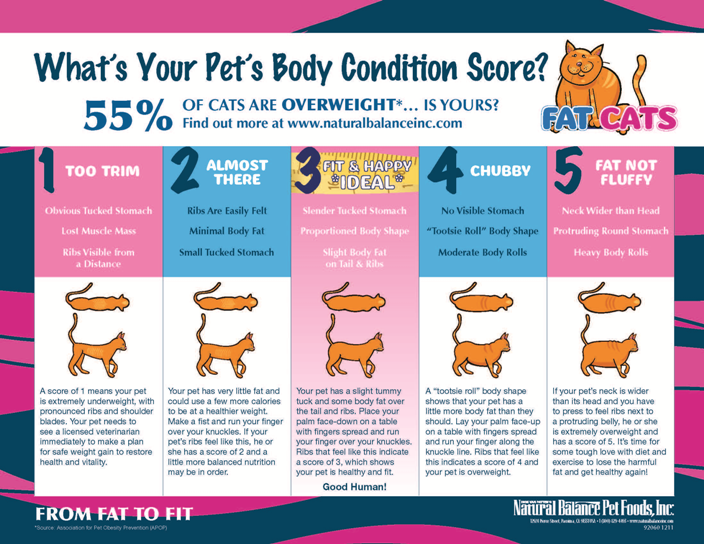- Joined
- Aug 24, 2018
- Messages
- 11
- Purraise
- 3
Hello! I am thrilled to have joined this online community 
My background: I am a college student with only two years of experience with felines.
I adopted my first orange female tabby with a white belly at my local shelter in my college's town at the bigging of my sophomore year. She was around two months old at the time of adoption. She turned two years old this past June. At our last veterinary checkup, I was told she was in perfect health.
A year later, I adopted another male orange tabby from my local shelter. Their personalities are completely different. Resident cat is loving and affectionate. The second orange tabby just turned one year old today. He acts like a boy LOL! Always up to no good, just like Curious George! Not as affectionate as my resident cat.
Anyways, my male orange tabby LOVES and I mean LOVES to eat... He weighs more than his two-year-old sister by maybe 3.5 pounds.
At a recent vet visit in my hometown, the vet told me not to change to diet foot as my resident cat is in perfect health. He said to me that genetics was likely the reasoning behind now one-year-old being overweight. He also said that he would probably run into health issues, such as diabetes, just like adults do. This vet visit was around 3 months before he turned one.
Now I am no veterinarian; however, I am a pre-medical student applying to medical school this summer. I am not a doctor yet; however, I have studied the introductory courses in medicine such as neurology, nutrition, preventive care, etc.
Based on my knowledge of medicine thus far, I do not agree with the vet I spoke with three months ago. I understand that I am not a veterinarian, but preventative care (diabesity) CAN be avoided in younger felines.
I adore both of my babies, and I want them to live a long, happy, and healthy life. I did not agree with the vet I saw given my current medical studies on preventive care.
Any advice is appreciated!
Thank you

My background: I am a college student with only two years of experience with felines.
I adopted my first orange female tabby with a white belly at my local shelter in my college's town at the bigging of my sophomore year. She was around two months old at the time of adoption. She turned two years old this past June. At our last veterinary checkup, I was told she was in perfect health.
A year later, I adopted another male orange tabby from my local shelter. Their personalities are completely different. Resident cat is loving and affectionate. The second orange tabby just turned one year old today. He acts like a boy LOL! Always up to no good, just like Curious George! Not as affectionate as my resident cat.
Anyways, my male orange tabby LOVES and I mean LOVES to eat... He weighs more than his two-year-old sister by maybe 3.5 pounds.
At a recent vet visit in my hometown, the vet told me not to change to diet foot as my resident cat is in perfect health. He said to me that genetics was likely the reasoning behind now one-year-old being overweight. He also said that he would probably run into health issues, such as diabetes, just like adults do. This vet visit was around 3 months before he turned one.
Now I am no veterinarian; however, I am a pre-medical student applying to medical school this summer. I am not a doctor yet; however, I have studied the introductory courses in medicine such as neurology, nutrition, preventive care, etc.
Based on my knowledge of medicine thus far, I do not agree with the vet I spoke with three months ago. I understand that I am not a veterinarian, but preventative care (diabesity) CAN be avoided in younger felines.
I adore both of my babies, and I want them to live a long, happy, and healthy life. I did not agree with the vet I saw given my current medical studies on preventive care.
Any advice is appreciated!
Thank you



